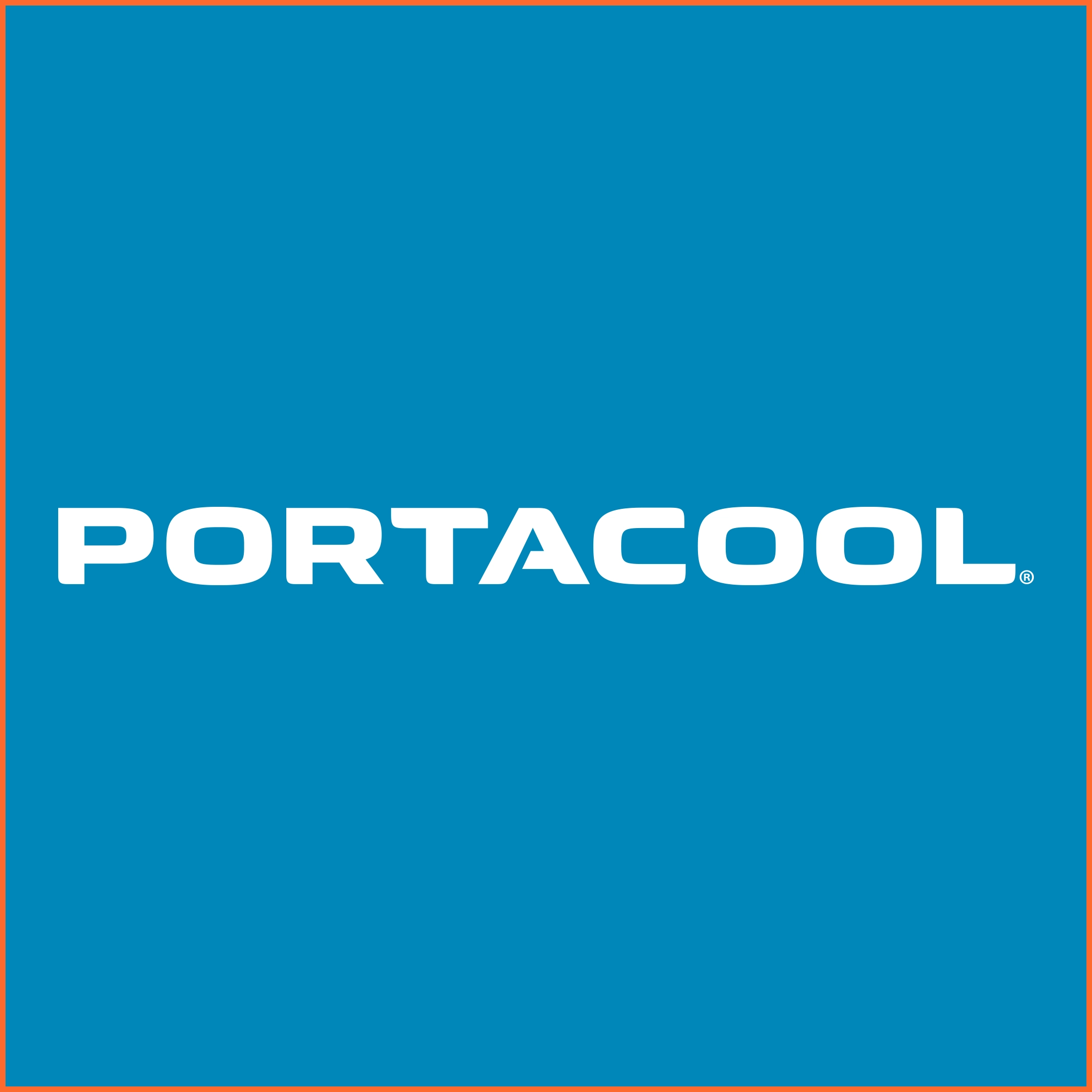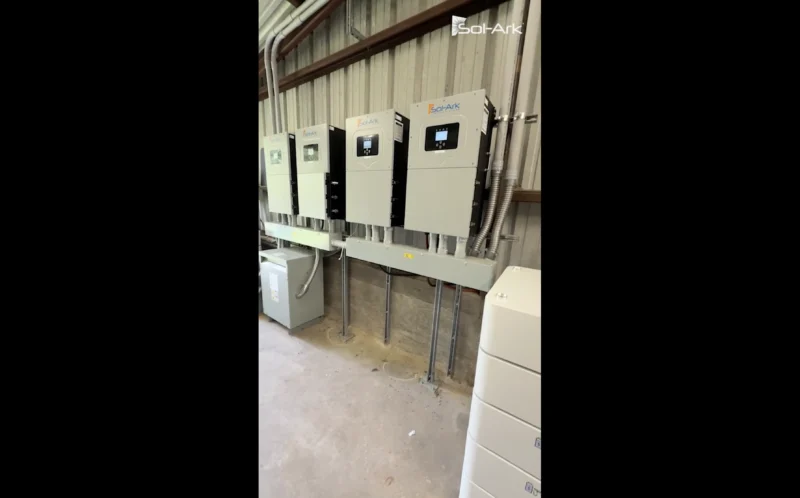How Evaporative Cooling Affects You
Evaporative cooling intersects with just about everyone in multiple ways each day, yet many don’t recognize or know about this. Keep It Cool host Tyler Kern spoke with Cody Weeks, Sales Manager at Portacool, about the topic.
“The simplest form of evaporative cooling is sweating, which we all do. It’s the reduction of temperature resulting from the evaporation of liquid. It removes the latent heat from the surface where the evaporation takes place,” Weeks explained.
This natural occurrence can also be produced to support a number of industries that have diverse cooling needs. First Weeks discussed its use in data centers. “We live in a digital age with data moving, storage, and transfer all taking place in data centers. About 60% of data centers use evaporative cooling to maximize cooling while minimizing power consumption.”
Agriculture is another industry that uses the process and has been a big part of Portacool’s user base. “It’s hard to keep an environment consistent and comfortable in agriculture, but evaporative cooling can,” Weeks noted.
The energy industry also uses evaporative cooling in gas turbines, which produce a substantial amount of electricity in the U.S. “It’s an effective way to cool the air coming into the turbines, so they operate more efficiently and produce more power,” Weeks explained.
Finally, evaporative cooling equipment can replace traditional AC units in climates with low humidity. “That climate allows you to use evaporative cooling over an AC. You get the same results and save money,” Weeks said.




